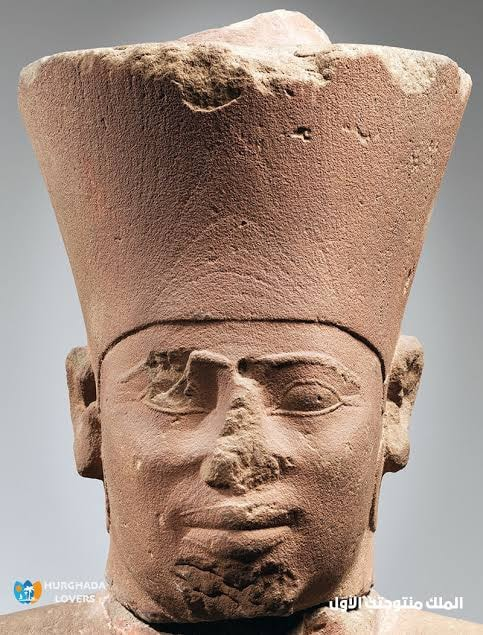"King Amentuhotep I"

Historians have differed greatly regarding this king, but there is no doubt that he was the author of the final victory over the House of Ahnasia, the unification of the country, and the beginning of the Middle Kingdom.
It is likely that the House of “Ahnasia” wanted to seize control of the Abydos region and return it to their kingdom, and this was during the reign of their king, “Khiti IV,” but the position that was established between the latter and “Amentuhotep I” near Abydos was not in the favor of the House of “Ahnasia.”
If one of the sons of Khiti IV was killed and Amentuhotep was victorious, his victory might have been enough temptation for him to advance north and continue the struggle until he was eventually able to eliminate the House of Ahnasia and unify the country under his authority.
He must have made a great effort to subjugate the rest of Egypt, as he is said to have fought in the Delta and in the deserts bordering Egypt, east and west, against the Bedouins residing there. He sent some missions or campaigns to Nubia, and other missions to Wadi Hammamat to seize quarries, or to establish From him to the country of Punt.
After things stabilized and security was established in the country, Amentuhotep I devoted himself to urban development, so he built his “funerary” temple and his tomb, which he carved from beneath it in the rock in the Deir el-Bahri area on the western side of Luxor. This funerary group is unique in its design.
Hatshepsut - in the Eighteenth Dynasty - quoted from it later: It built its temple, known as the “Temple of Deir el-Bahri,” next to this group, and it resembles in many ways the funerary temple of Amentuhotep.
It is likely that the crown prince of "Amentuhotep I", who was called "Antef", died during his father's lifetime, and his second father, "Amentuhotep II", took over after him.
Sources: History of ancient civilization book.
(By Dr. Shaaban Al-Samanoudi Abdel Qader Ismail).

